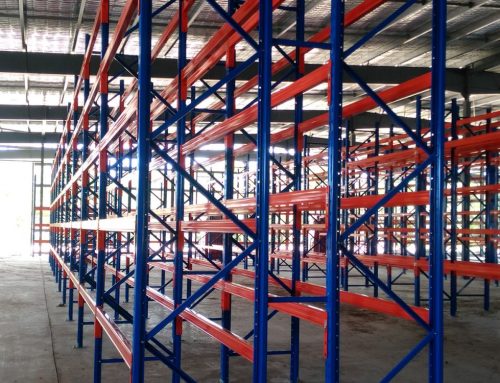How a warehouse is managed will make a tremendous difference in productivity levels. In fact, it’s a masterful undertaking that requires thoughtful consideration. From streamlining processes to optimising safety, running an efficient warehouse requires you to have a plan. Here are a few ideas put together by PRQ Pallet Racking Safety Inspections.
Developing an Inventory Plan
It’s important to develop an inventory plan for your warehouse so that everyone understands the processes and policies associated with all warehouse operations. This can include strategies for rotating stock and other more critical aspects of warehouse management, like conducting Pallet Racking Safety Inspections. Having an inventory plan will optimise operations by ensuring everyone is on the same page. It can also ensure the best possible outcomes concerning the availability of inventory, which can significantly impact profits.
Establishing Robust Safety Standards
Safety is the most important aspect of warehouse operations. That’s because accidents can cause the loss of life, especially when dealing with heavy equipment and pallets. It’s why regular safety inspections are critical as part of a formal workplace health and safety program in compliance with regulations. This should include Pallet Racking Safety Inspections.
Training Employees Regularly
Training should always be a top priority in a warehouse. Simply put, you cannot expect employees to comply with safety procedures if they have not been trained. In fact, there should be ongoing training to ensure your workforce is equipped with the knowledge and skills needed to maintain warehouse inventory. There are many options for training and many technologies that can help to simplify training delivery.
Optimising Loading Procedures
Another important aspect of warehouse operations is loading. The way in which pallets are loaded is important because the right procedures can enhance productivity and safety. Conducting Pallet Racking Safety Inspections should include making sure pallets are properly loaded.
Maintaining Flexibility
When running a warehouse, you must be flexible, because what works now, may not work later. There should always be efforts to improve operations. This requires you to evaluate current practices and refine procedures with a focus on continuous process improvement. In can help to call upon staff for recommendations on improvements that can be made. It’s often best to solicit feedback from the individuals that actually work in the warehouse.
Using a Labeling System
It almost goes without saying that all stock in your warehouse should be labelled. The most common type of systems use barcodes for inventory management. The bottom line is that the system should include labels that are clearly visible so that products are easily identifiable. There are many options from which to choose, especially given the technologies that exist today.
Forecasting Supply Demand
Forecasting is another key aspect of efficient warehouse management because it enables you to plan well in advance to ensure seasonal demands are met. With the right system, it’s easy to assess historical data to determine what items should be stocked. Maintaining the right amount of inventory is a skill that’s mastered with experience and time.











